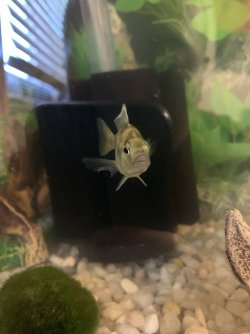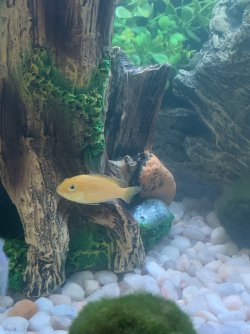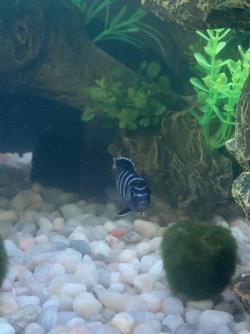Njuarez
New Member
Here are some pictures any one know? I don’t know if he has fin rot or if he has bloat. Also how do I quarantine my fish properly and how do I know if my fish infected the others. Thanks guys!
Attachments
-
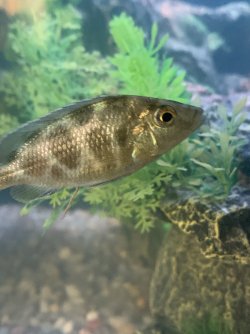 72371313-5EFC-4F61-A13B-13D655EF803B.jpeg1.5 MB · Views: 90
72371313-5EFC-4F61-A13B-13D655EF803B.jpeg1.5 MB · Views: 90 -
 DF5835D8-C4DB-402D-8FF1-F0DD70C8C70F.jpeg1.1 MB · Views: 72
DF5835D8-C4DB-402D-8FF1-F0DD70C8C70F.jpeg1.1 MB · Views: 72 -
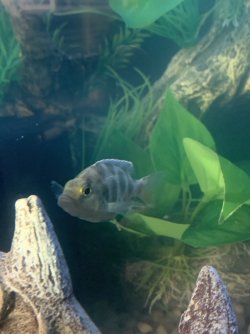 4D1442CF-52EC-45D1-A960-310DA7EBE83C.jpeg1.1 MB · Views: 71
4D1442CF-52EC-45D1-A960-310DA7EBE83C.jpeg1.1 MB · Views: 71 -
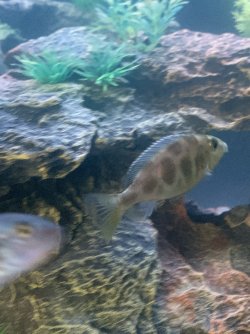 03710DFC-D0BF-4503-8EBE-709D938EA49D.jpeg1.7 MB · Views: 67
03710DFC-D0BF-4503-8EBE-709D938EA49D.jpeg1.7 MB · Views: 67 -
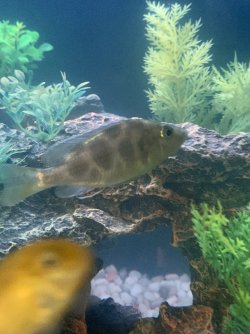 679030D9-3AD3-400D-A6CC-6ED11EF51F6E.jpeg1.5 MB · Views: 70
679030D9-3AD3-400D-A6CC-6ED11EF51F6E.jpeg1.5 MB · Views: 70 -
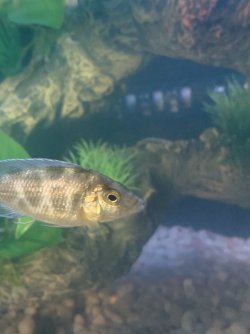 57448588-557D-4615-B3A7-BB0F9A276216.jpeg1,024 KB · Views: 71
57448588-557D-4615-B3A7-BB0F9A276216.jpeg1,024 KB · Views: 71 -
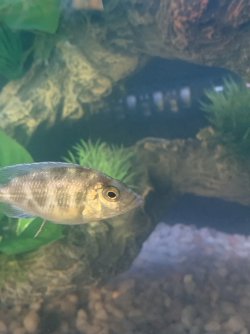 EE4E61F7-E554-4C2B-A0E8-CD82785146F9.jpeg1,022.5 KB · Views: 84
EE4E61F7-E554-4C2B-A0E8-CD82785146F9.jpeg1,022.5 KB · Views: 84 -
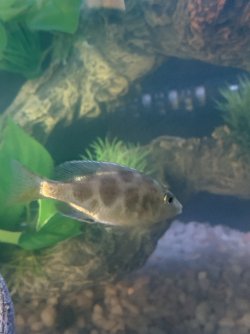 95D1E5D1-6555-45FD-BF71-9C373AA79287.jpeg1 MB · Views: 65
95D1E5D1-6555-45FD-BF71-9C373AA79287.jpeg1 MB · Views: 65



